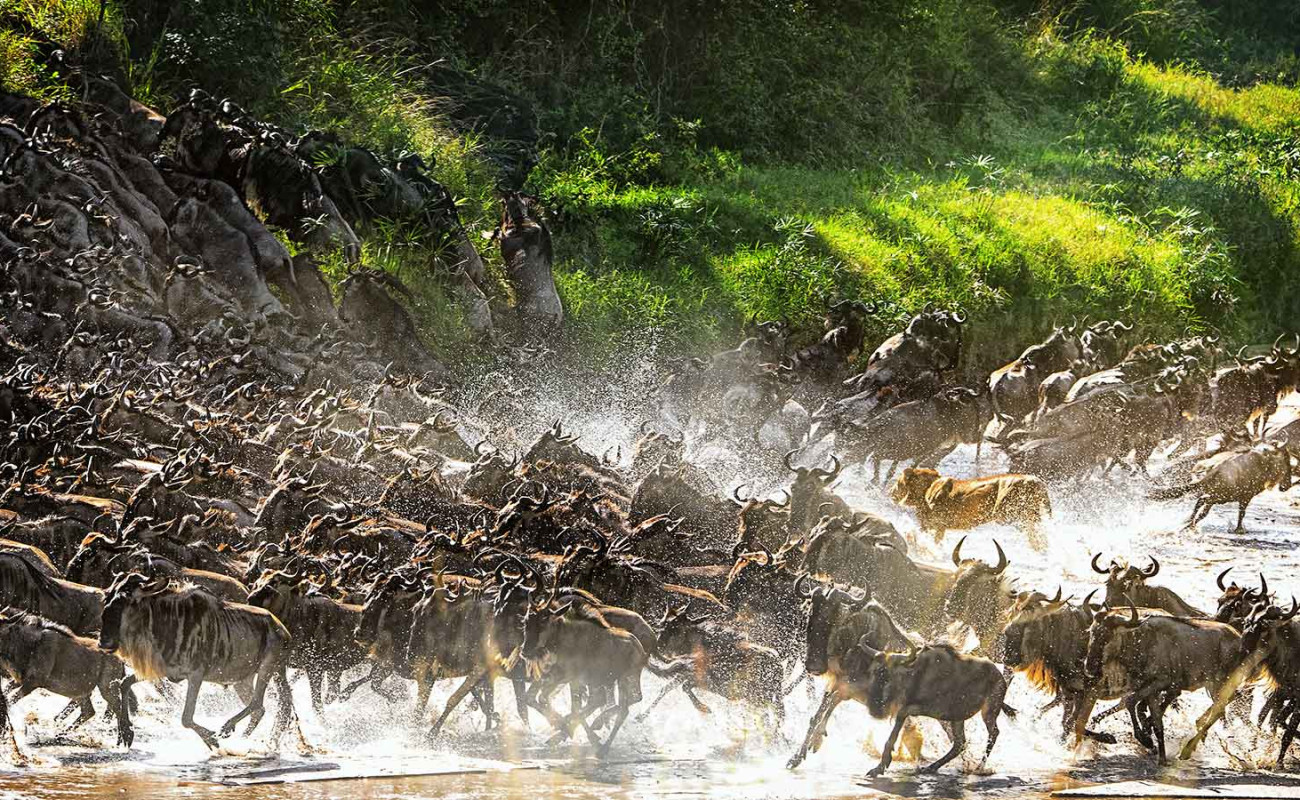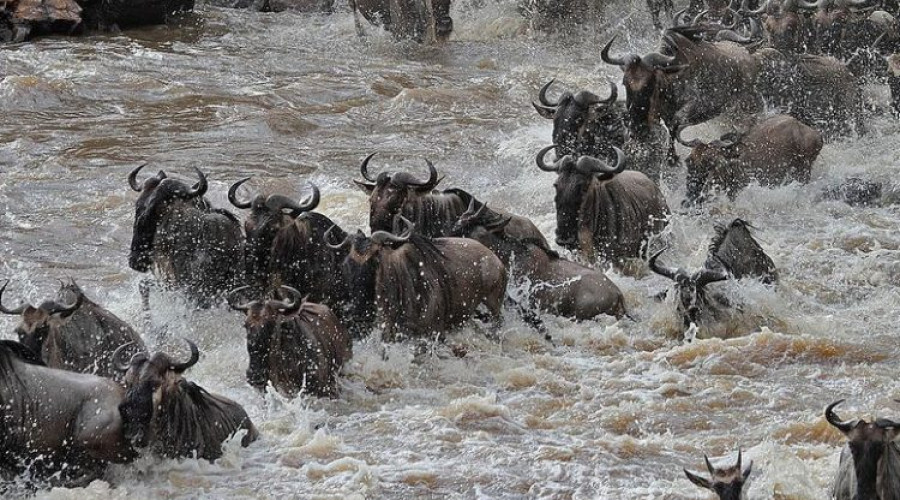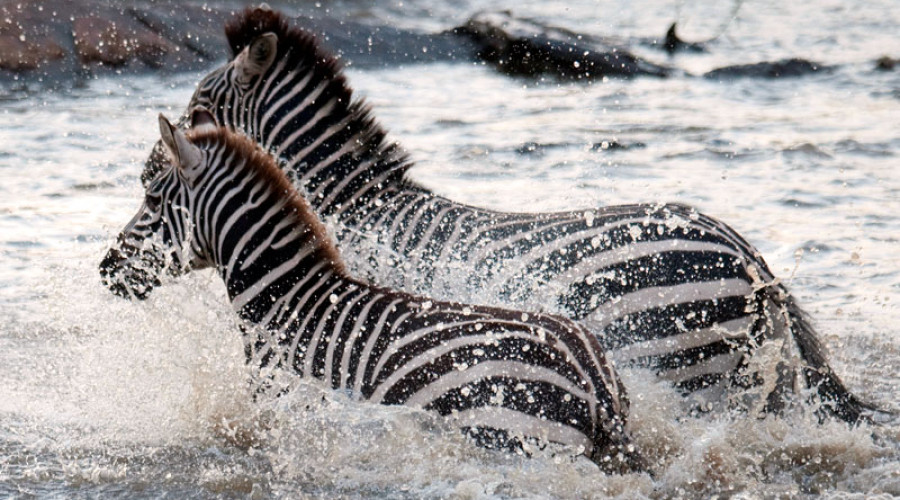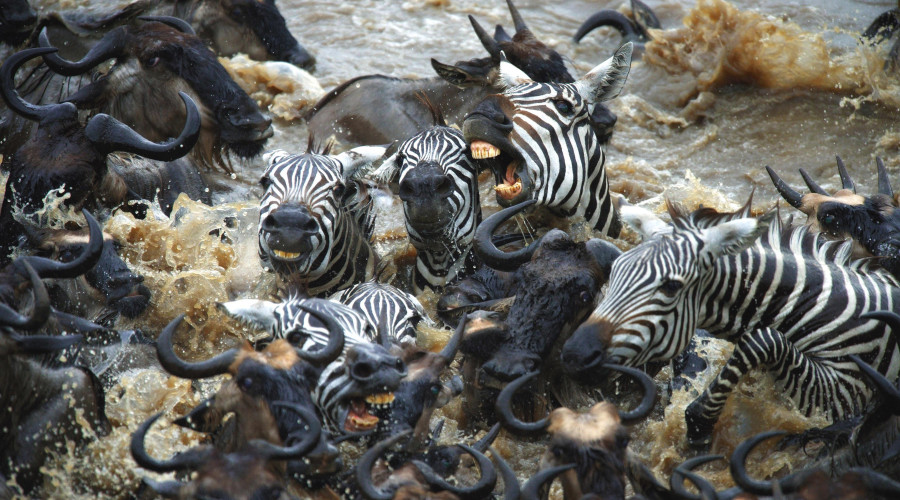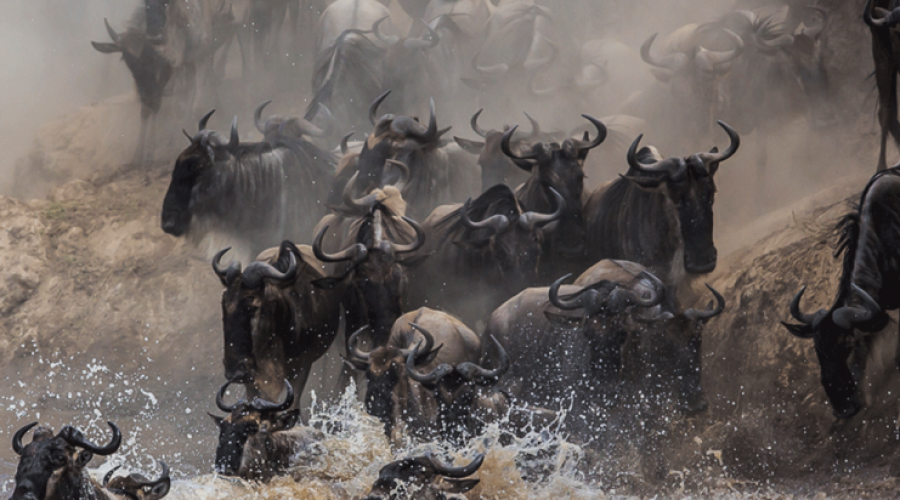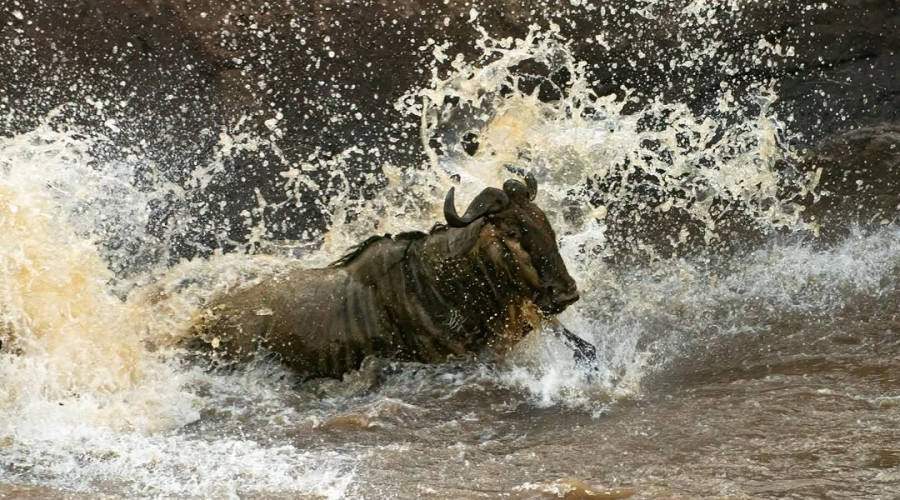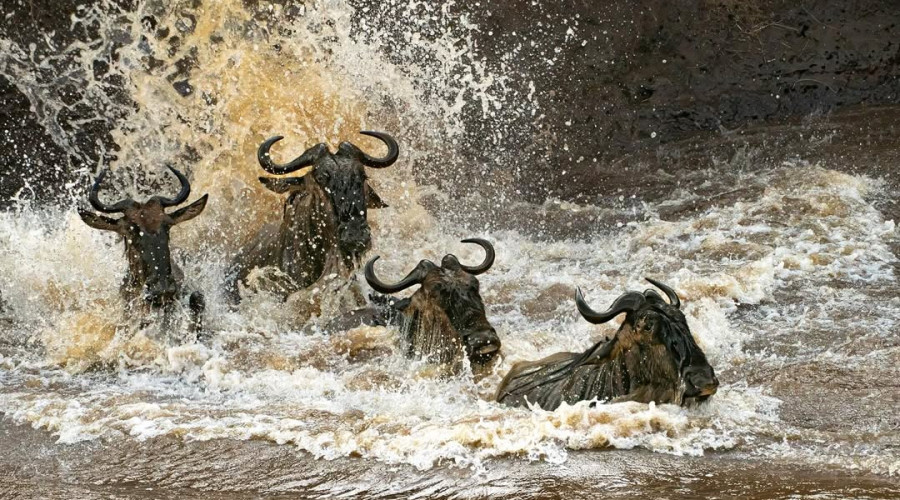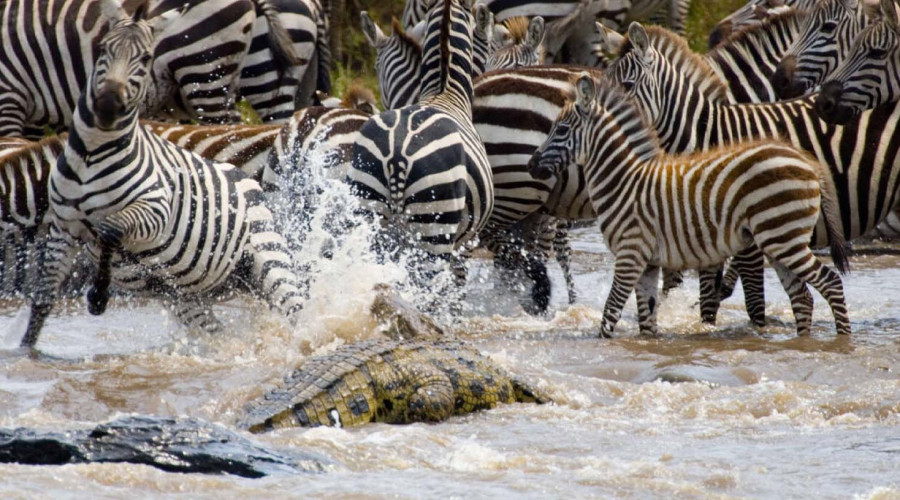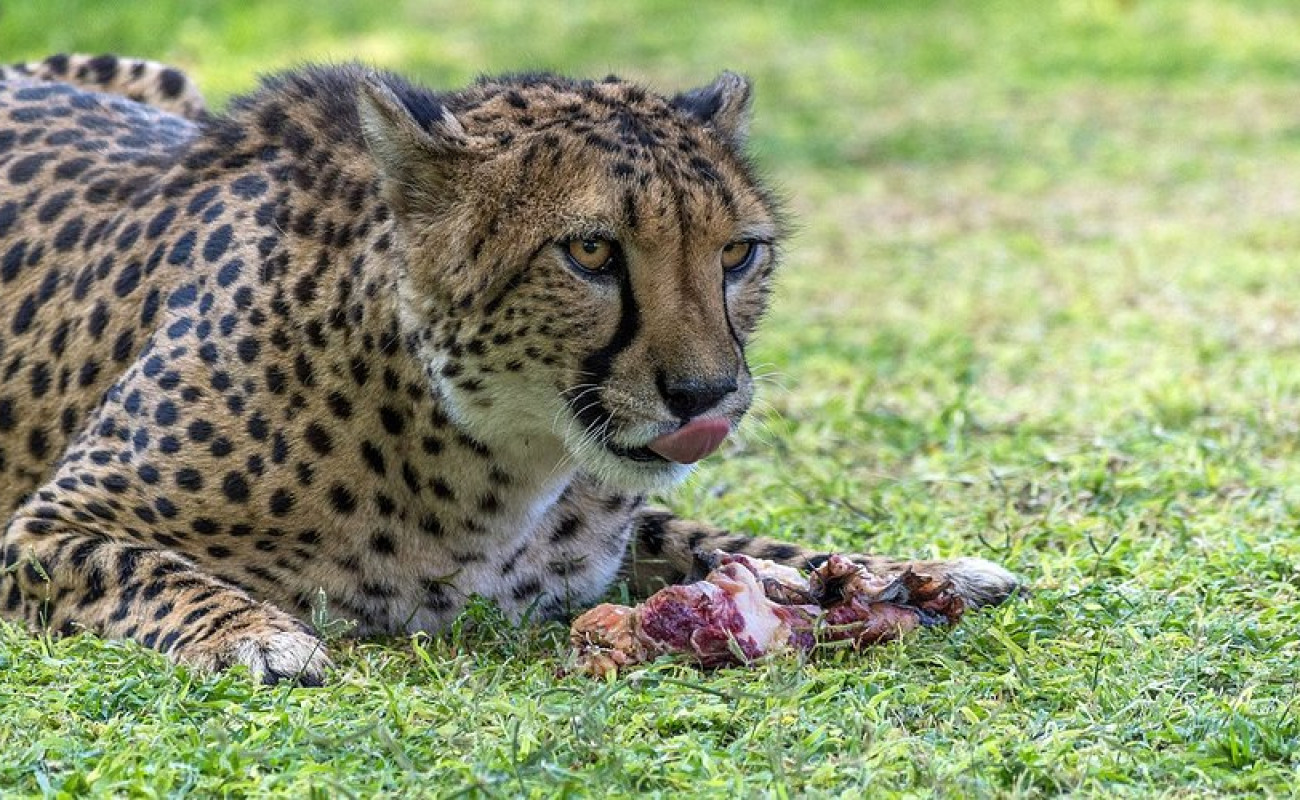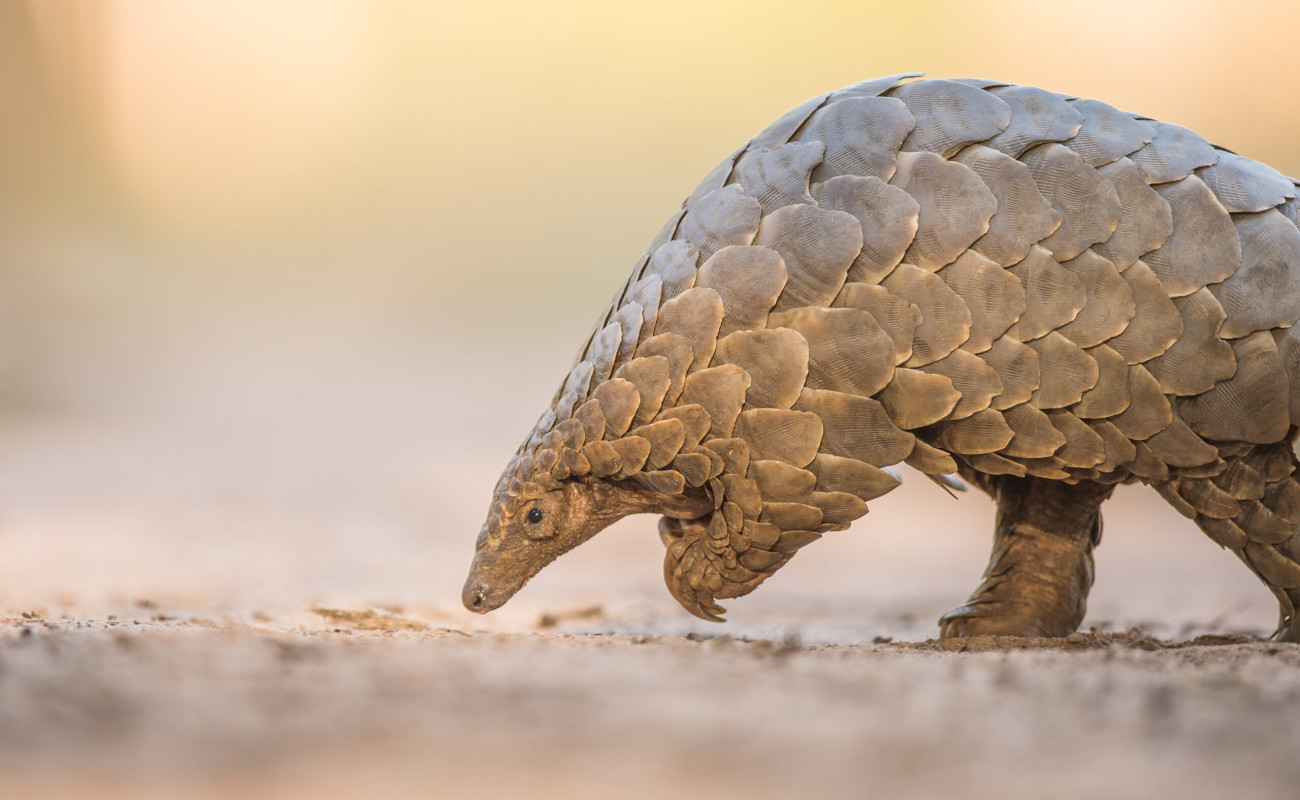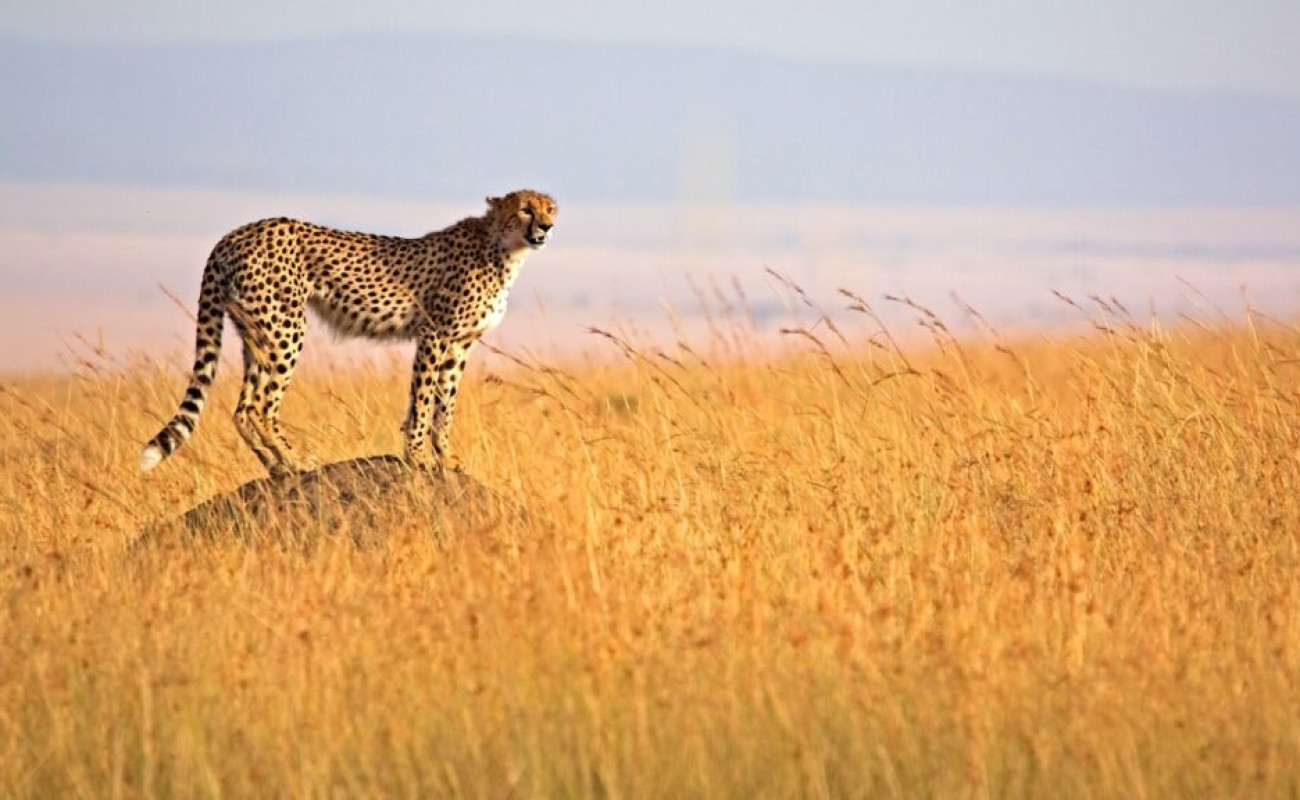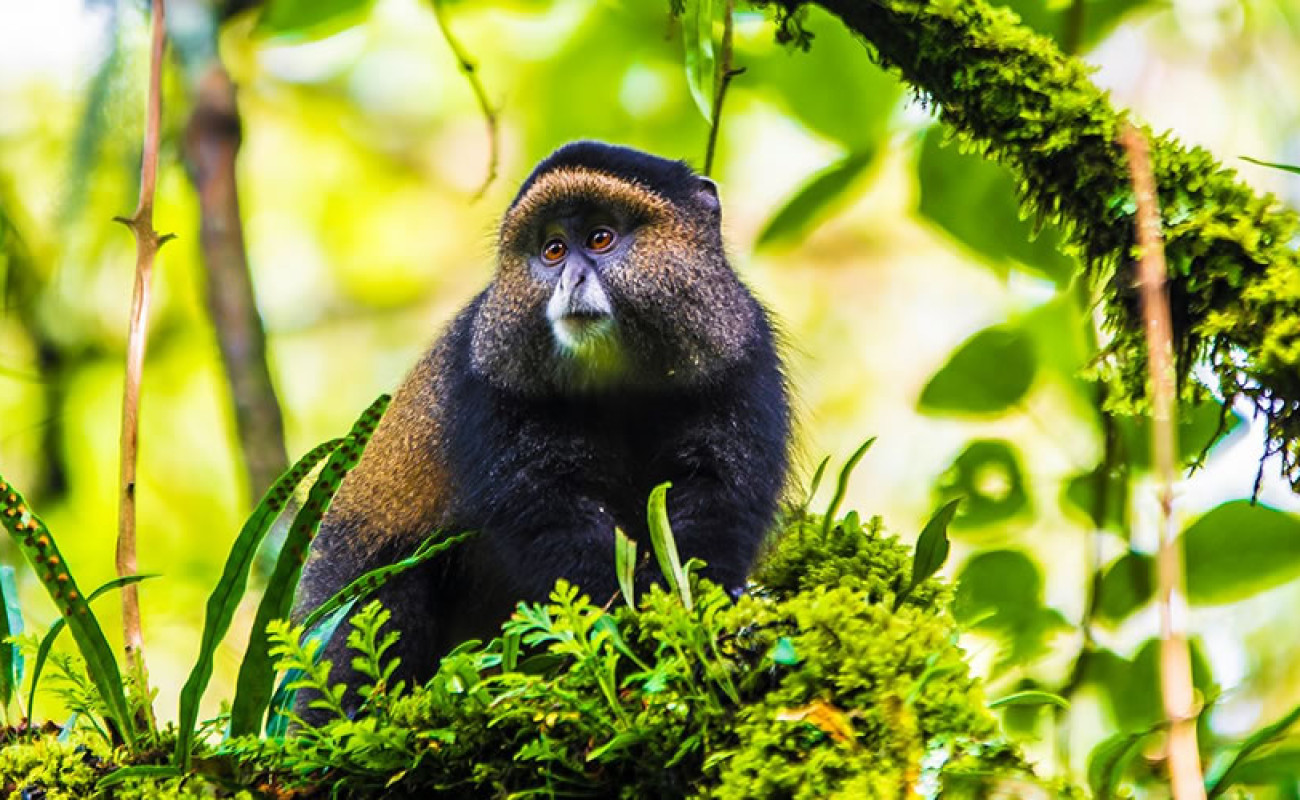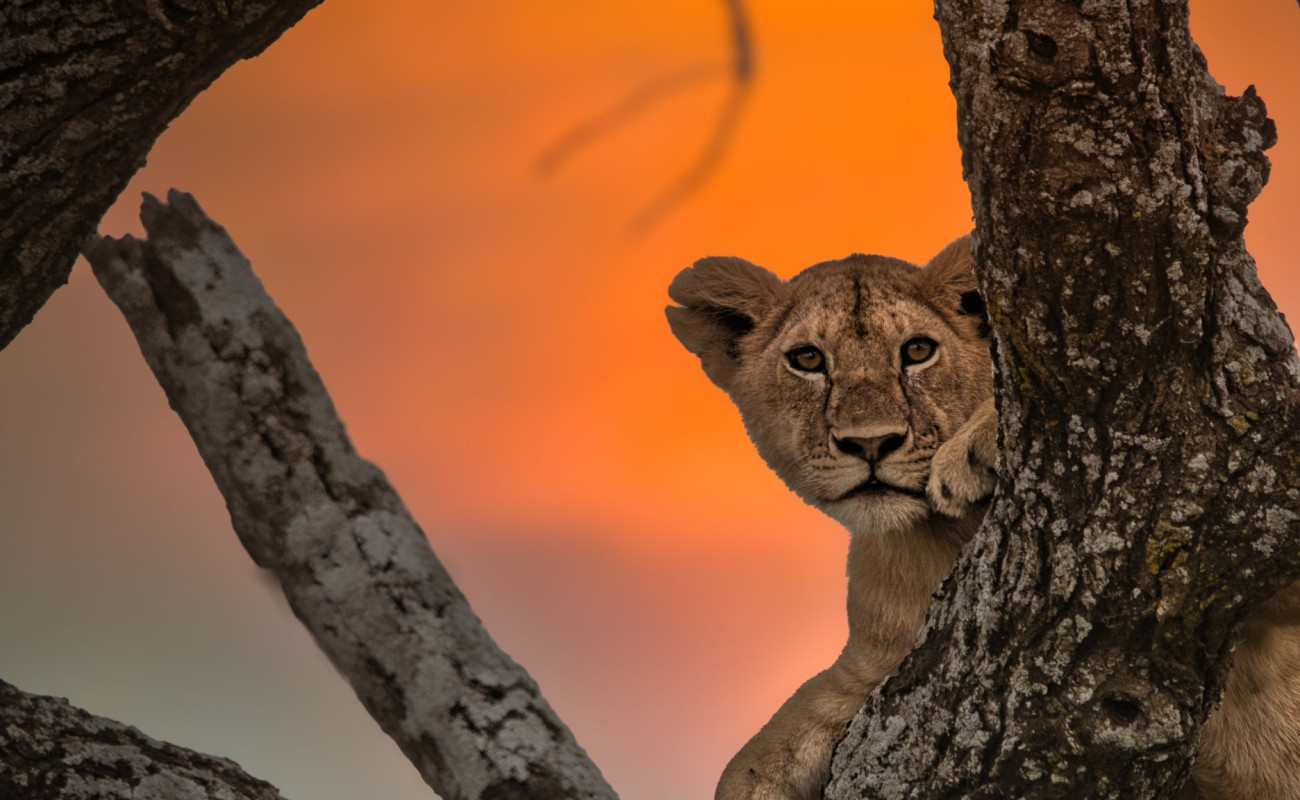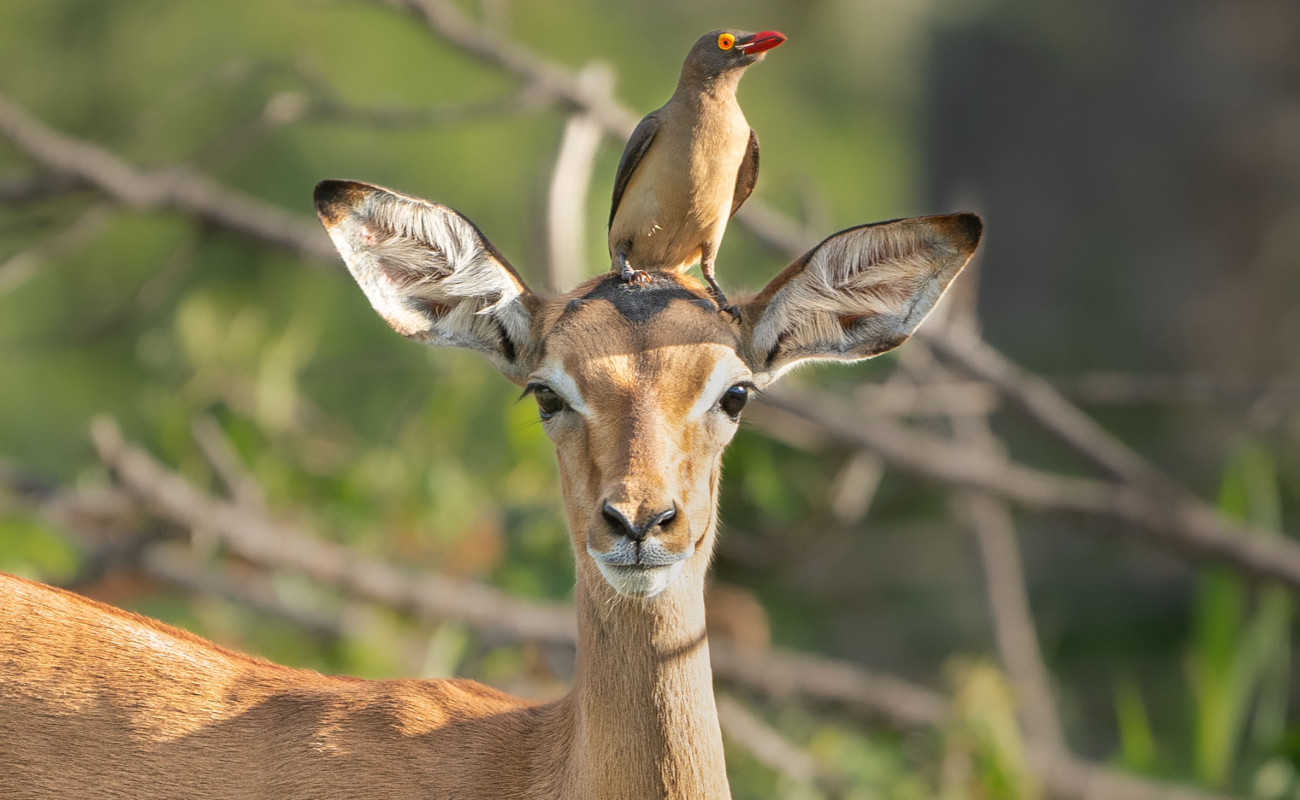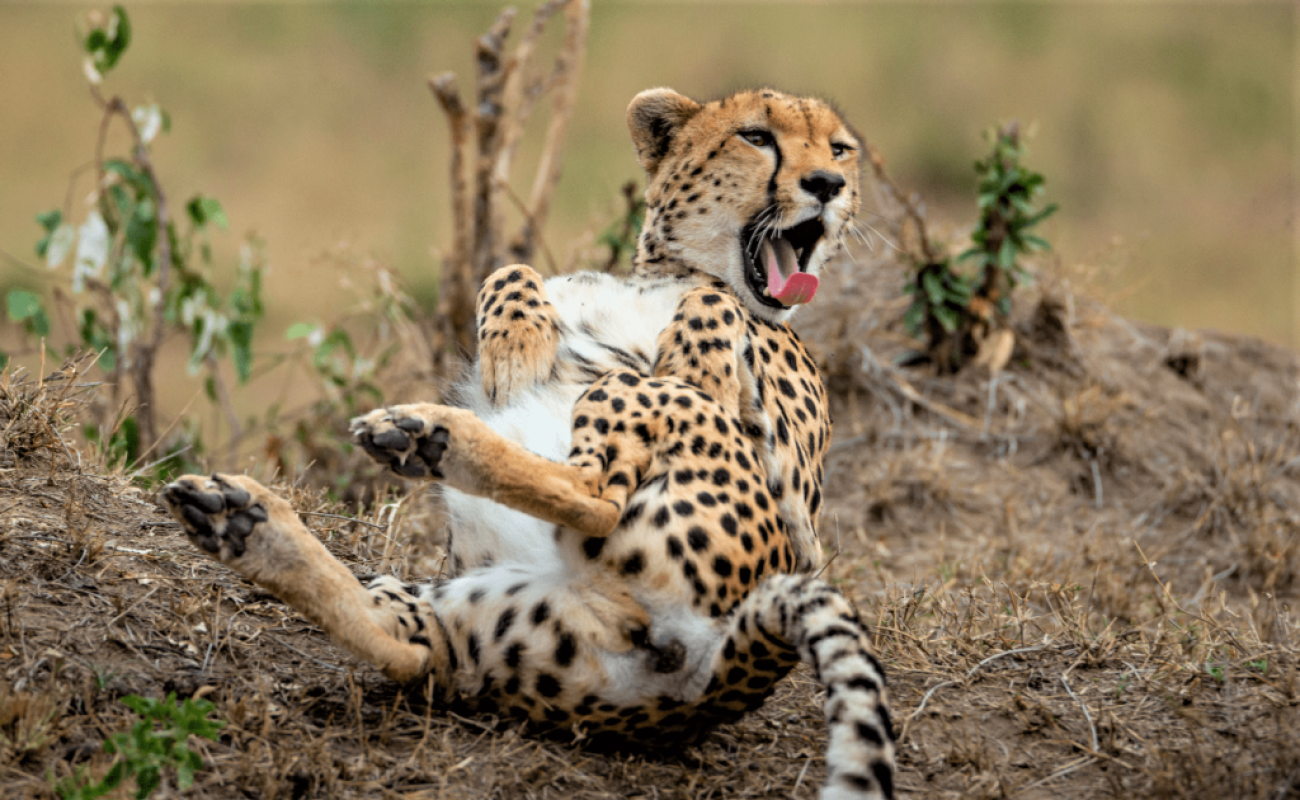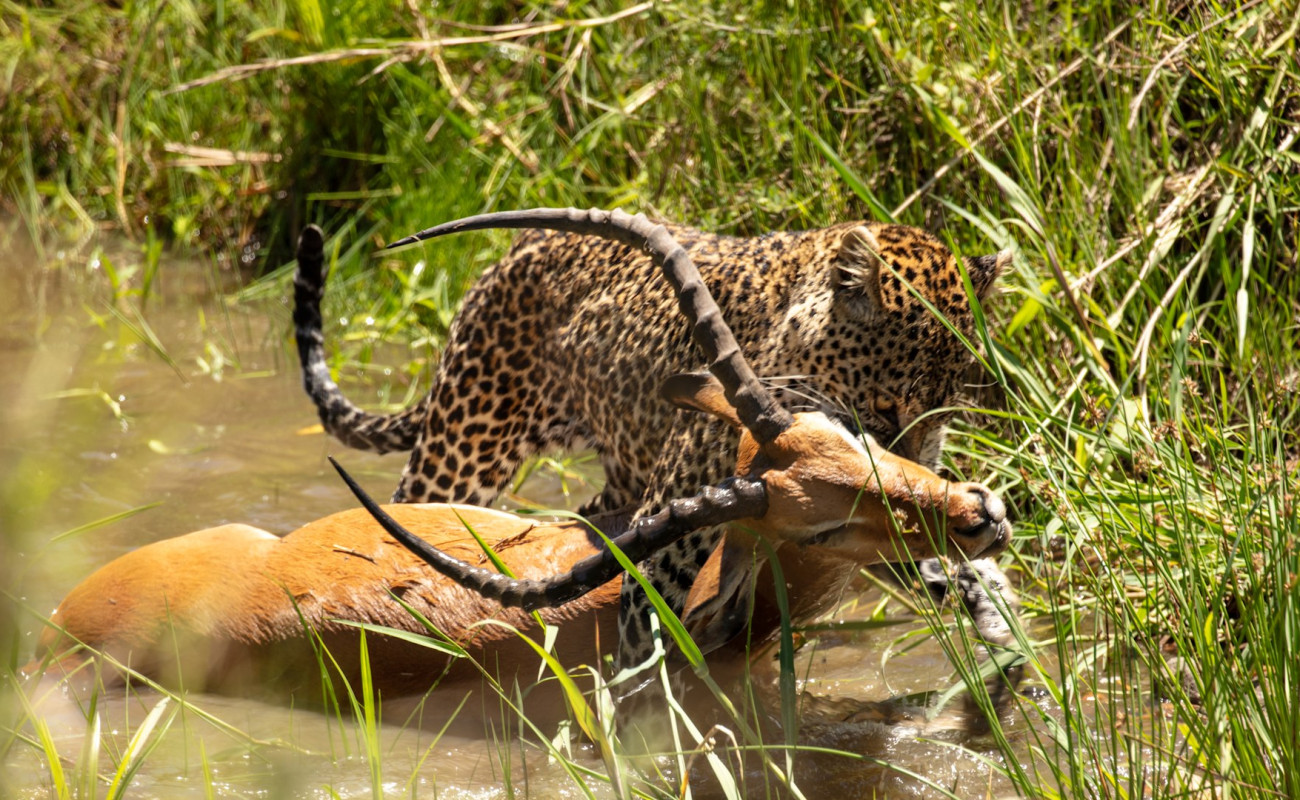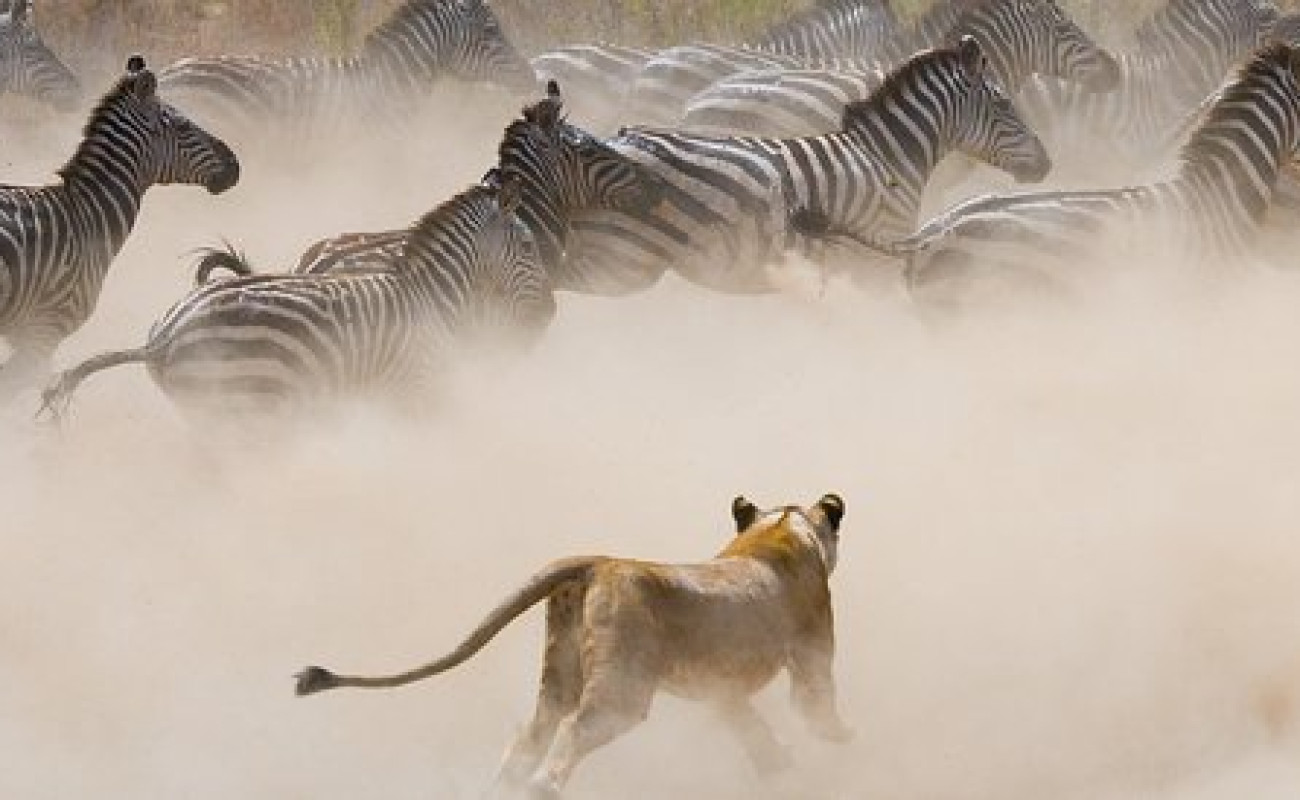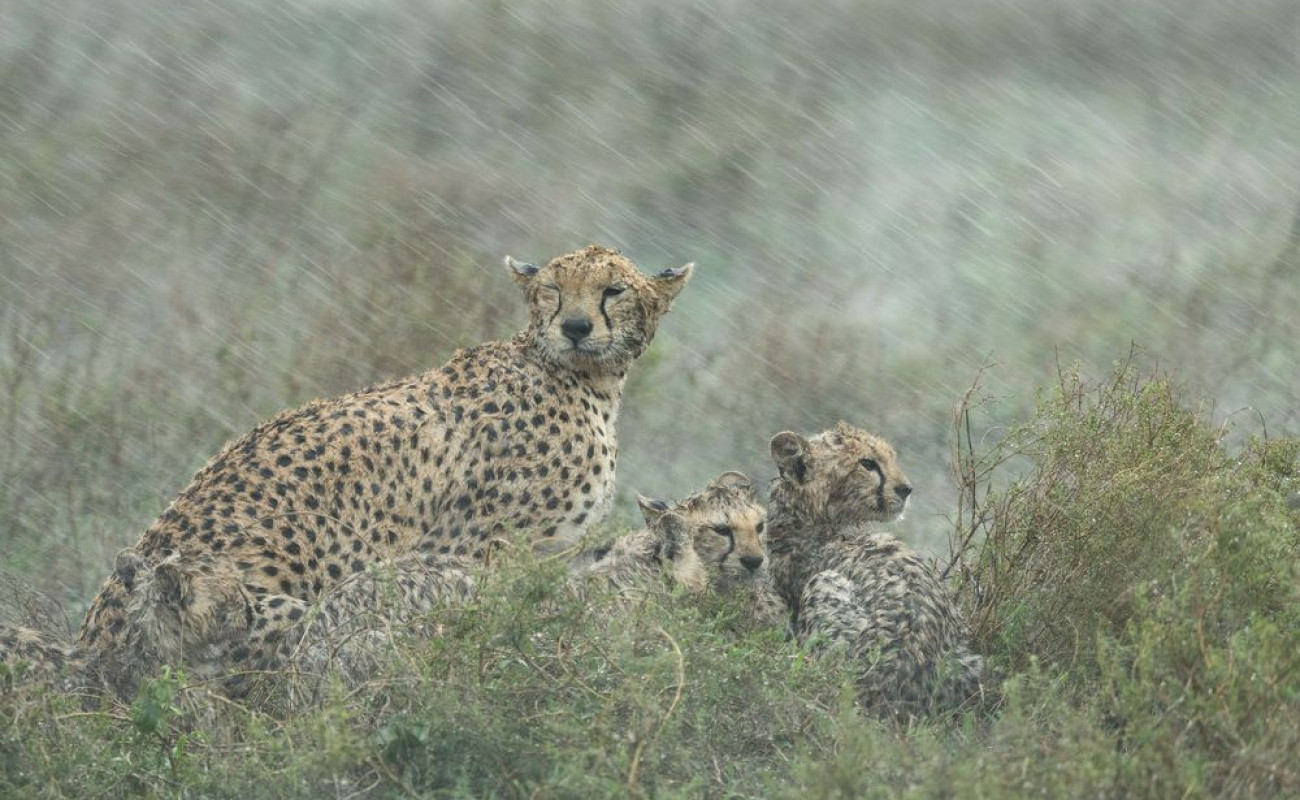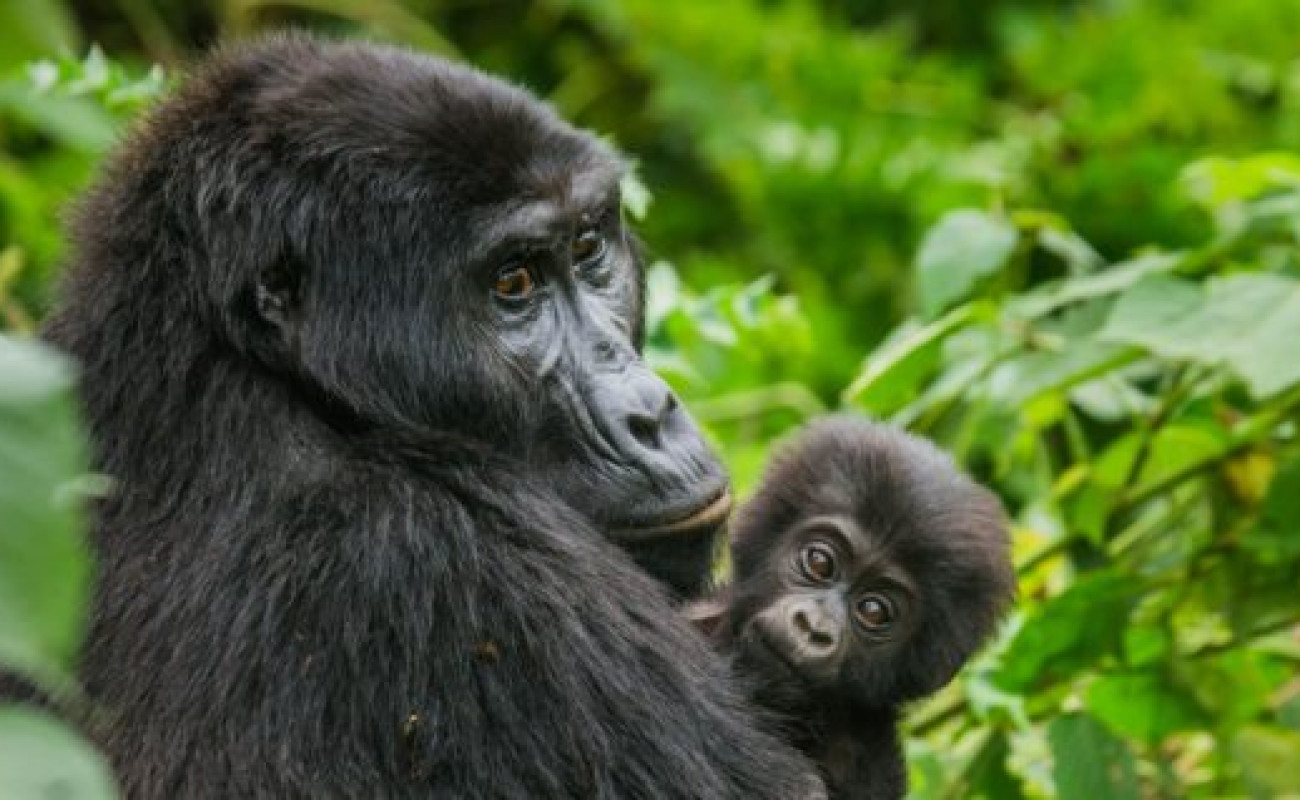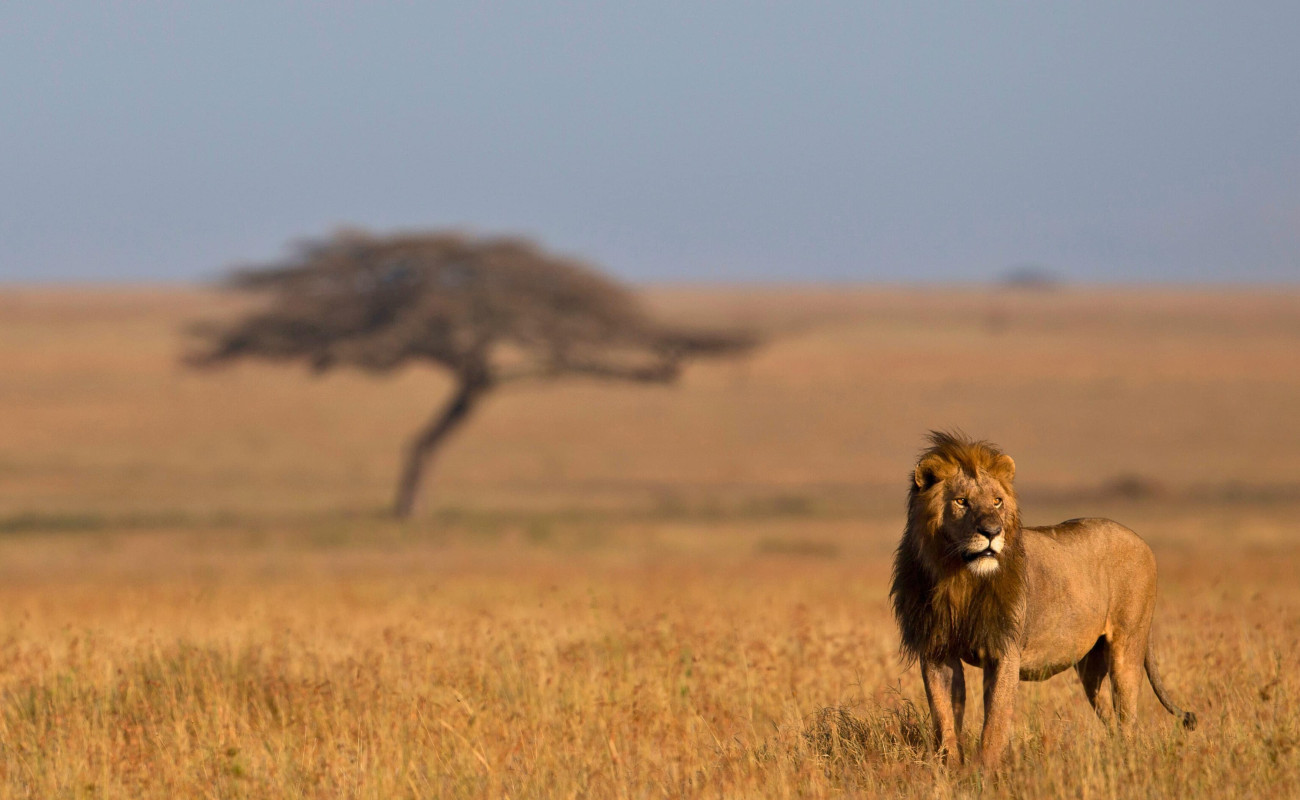At Eagle Soul Adventure, we offer:
Guided river bank safaris with expert naturalists.
Safe viewing spots for photographers and wildlife lovers.
Insight into tribal culture and local legends.
Respectful encounters that honor the river and its stories.
We believe that witnessing the River of Blood & Death is not about thrill-seeking—it’s about understanding nature, connecting with wildlife, and embracing raw African realities.
Life, Death, and Survival
The River of Blood & Death teaches us that:
Life is fragile.
Nature is merciless, yet miraculous.
Survival requires courage, instinct, and respect.
For those who stand on its banks, the river is both a warning and a gift—a reminder of the power, beauty, and inevitability of life and death.
Conclusion & Call to Adventure
The River of Blood & Death – Mto Katili na wa Maajabu is not for the faint-hearted. But for those who seek raw beauty, unparalleled wildlife drama, and a deep emotional connection with Africa, it is unmatched.
At Eagle Soul Adventure, we invite you to witness this phenomenon responsibly, safely, and with the deepest respect for life.
info@eaglesouladventure.com
WhatsApp: +255 752 043 429
